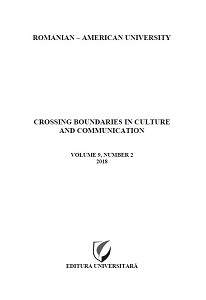The Mechanical and the Spiritual Body – The Age of Resurrectionists
The Mechanical and the Spiritual Body – The Age of Resurrectionists
Author(s): Roxana Elena DoncuSubject(s): Social Sciences, Sociology, History and theory of sociology, Social differentiation, Health and medicine and law
Published by: Editura Pro Universitaria
Keywords: anatomy; dissection; body-snatchers; Robert Louis Stevenson;
Summary/Abstract: In the 18th and 19th century, when modern medicine was undergoing rapid development and institutionalization, there was a 'shortage' of anatomical subjects for dissection. Although in 1752 the British Parliament passed The Murder Act, which allowed judges to replace the public display of executed criminals with dissection, the number of executed criminals was small in comparison with the rising learning needs of medical schools, so many anatomists and medical students resorted to body snatching. Popular rage made them soon leave the job to professional 'body-snatchers' and 'resurrectionists', who were paid in order to procure bodies for dissection. A scandal broke out with the discovery, in Edinburgh, that William Burke and William Hare had murdered 16 people in order to sell their bodies to the famous anatomist Robert Knox. The paper discusses clashing attitudes to dissection (those of the anatomists, surgeons, medical students, on one side, and of the ordinary masses, on the other side) that were reflected both in popular culture and in literature (in particular in Robert Louis Stevenson's story "The Body Snatcher").
Journal: Crossing Boundaries in Culture and Communication
- Issue Year: 9/2018
- Issue No: 2
- Page Range: 57-70
- Page Count: 14
- Language: English

